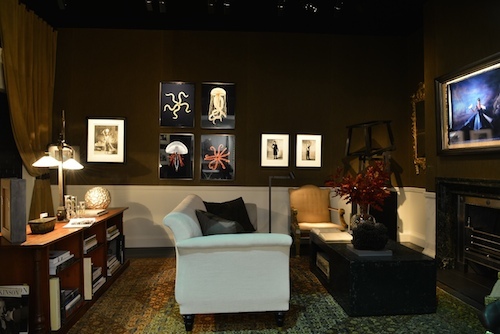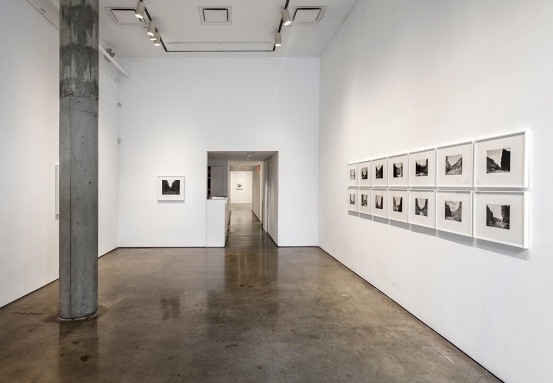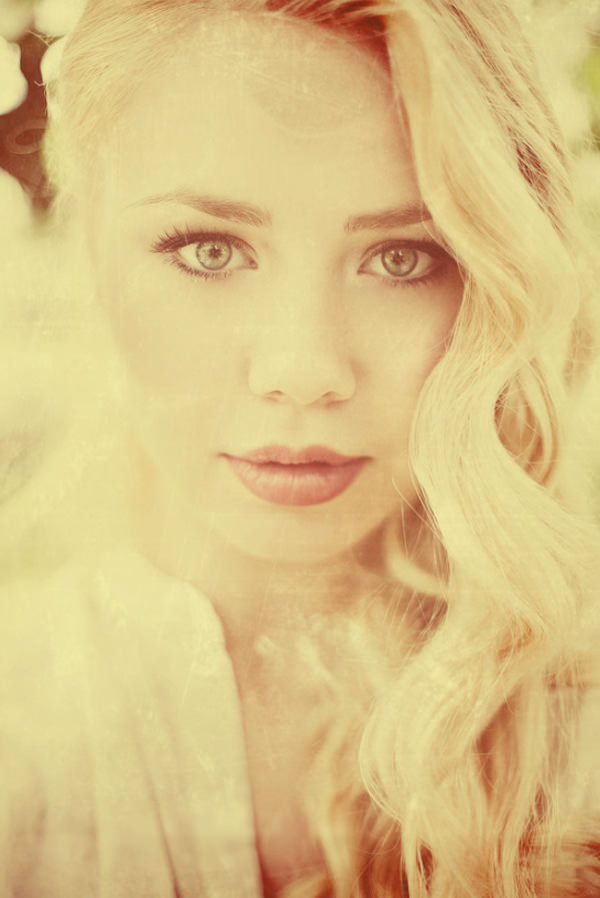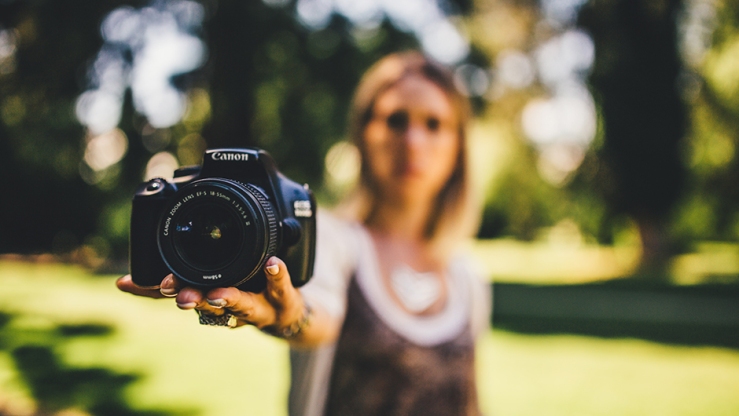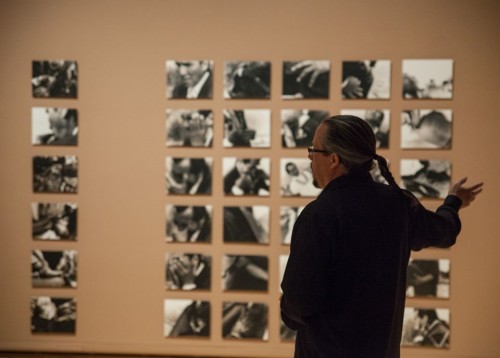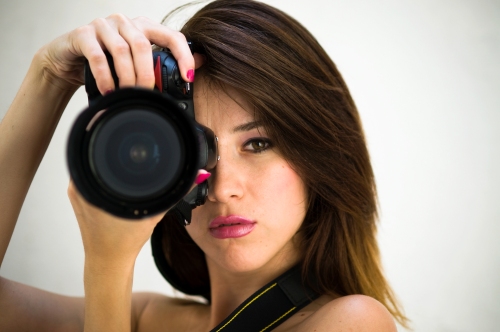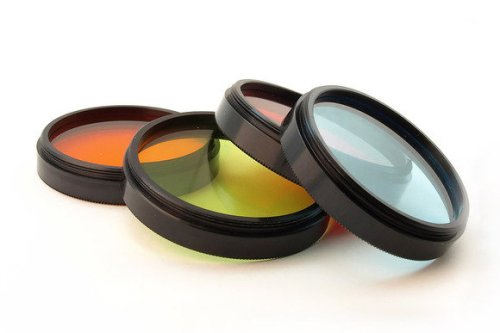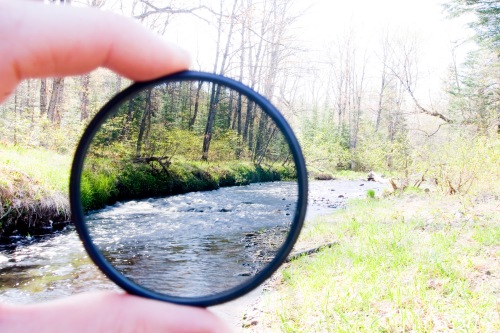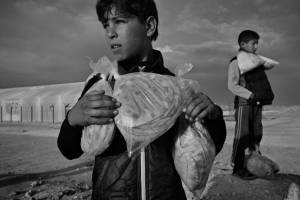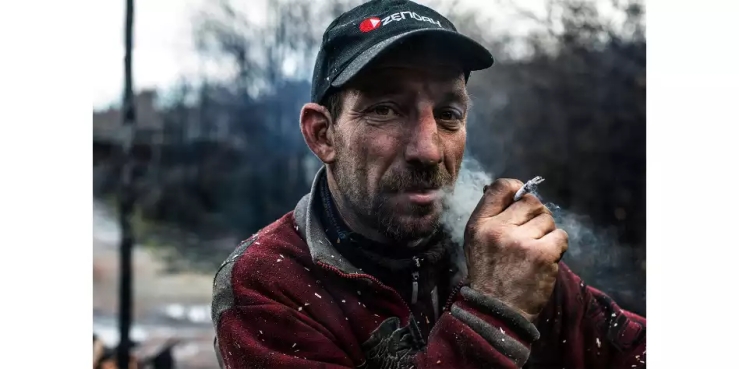Wedding photography is one of the most demanding photography projects today. That’s because weddings happen year-round. They also tend to cost more than most photography events. But if you’re thinking if hiring a professional photographer is worth your money, here are three reasons why you should:
1. Memories fade
But your photos don’t. Your wedding is one of the most important events in your life, and you want to preserve that memory in high resolution. You might remember every detail of it in your first years as a couple, but when you rack up 10, 20 years, you’ll be thankful to spend money hiring a photographer.

2. You only do this once
And by that I mean there are no retakes in weddings. There’s no setting up the shot again. That “first kiss” won’t be the first kiss if it’s staged. So, you want to hire the best people to capture these moments whenever they happen.

3. They’re pros for a reason
Yes, you can hire a friend who has a DSLR or someone who’s good with Instagram, but chances are, you’re making a mistake. I’ve seen it many times, a bride or groom hiring his or her cousin who “takes good pictures” to cover their wedding. It could work, but it probably won’t.
My name is Radha C. Singh, a photographer and curator from NJ. Visit my blog to read more on my passion for photography.



